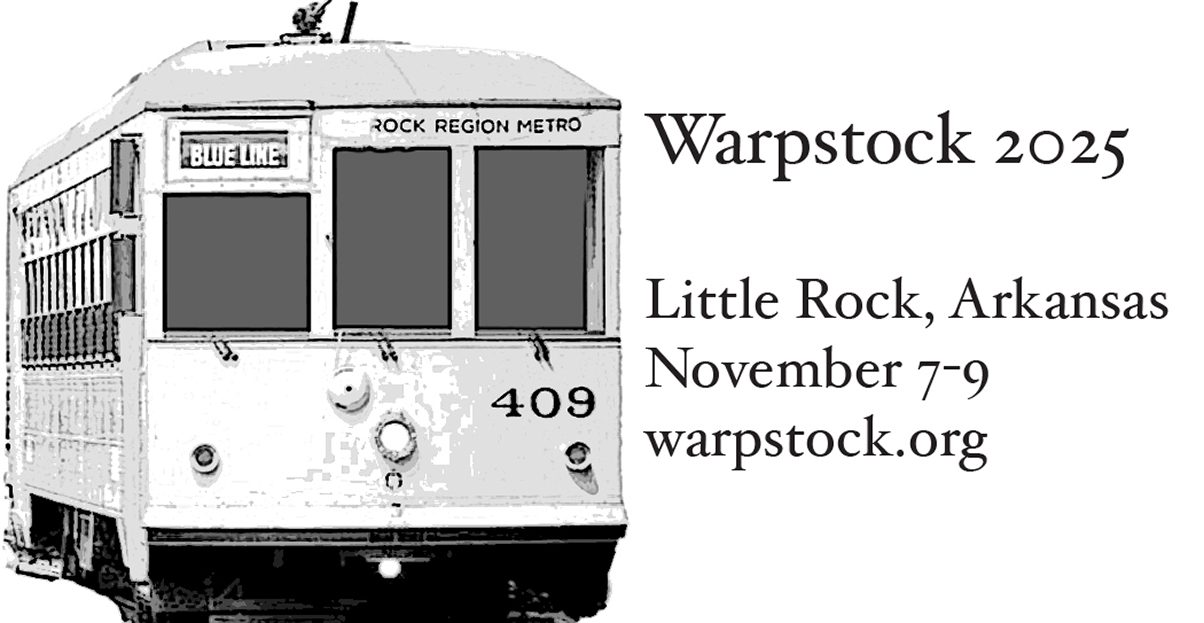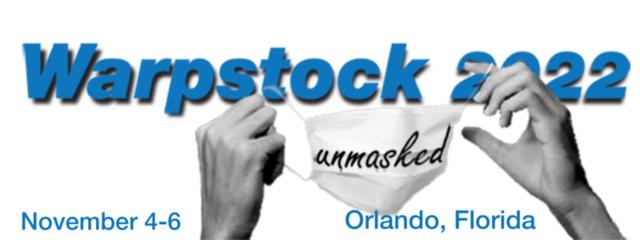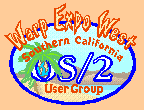SCOUG-Programming Mailing List Archives
Return to [ 14 |
February |
2004 ]
<< Previous Message <<
>> Next Message >>
Content Type: text/plain
Peter Skye wrote:
> Lynn H. Maxson wrote:
> >
> > You created work for yourself by using a begin-block,
> > requiring both a begin and an end statement. You could
> > have achieved both with an allocate statement, letting
> > the system deallocate on procedure end.
>
> This is absolutely false. It is also poor programming. And it is
> wrong.
>
> Consider the following block sequence as exists in my software (this is
> not complete code):
>
> begin
> dcl Matrix1(X,Y);
> end;
> begin
> dcl Matrix2(A,B);
> end;
> begin
> dcl Matrix3(P,Q);
> end;
Engineer's and mathemetician's view:
I need a matrix of of size (x, y, z) for this next series of calculations.
Programmer's view:
I need to allocate x*y*z*sizeof(one_matrix_element) so I will have
enough room to do this next series of calculations.
I am an engineer--I prefer Peter's approach. PL/I's begin/end combination
lets me think like an engineer. C's malloc forces me to think like a
programmer.
--
Gregory W. Smith (WD9GAY) gsmith@well.com
=====================================================
To unsubscribe from this list, send an email message
to "steward@scoug.com". In the body of the message,
put the command "unsubscribe scoug-programming".
For problems, contact the list owner at
"rollin@scoug.com".
=====================================================
<< Previous Message <<
>> Next Message >>
Return to [ 14 |
February |
2004 ]
The Southern California OS/2 User Group
P.O. Box 26904
Santa Ana, CA 92799-6904, USA
Copyright 2001 the Southern California OS/2 User Group. ALL RIGHTS
RESERVED.
SCOUG, Warp Expo West, and Warpfest are trademarks of the Southern California OS/2 User Group.
OS/2, Workplace Shell, and IBM are registered trademarks of International
Business Machines Corporation.
All other trademarks remain the property of their respective owners.
| 







